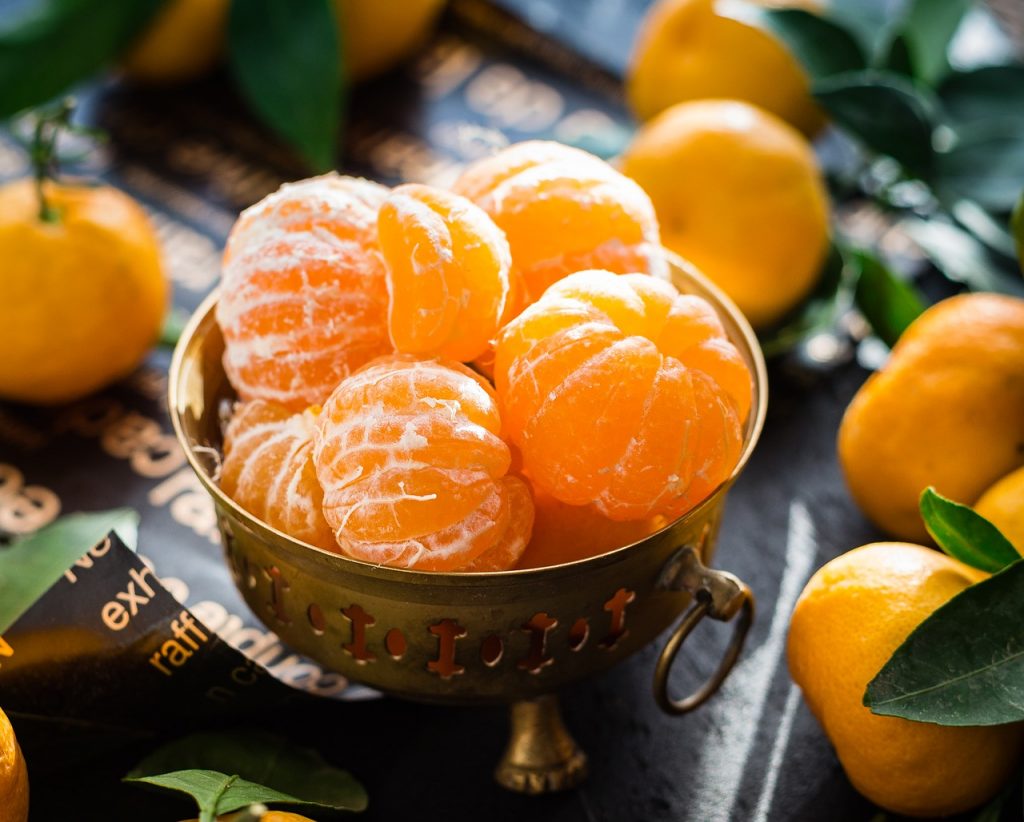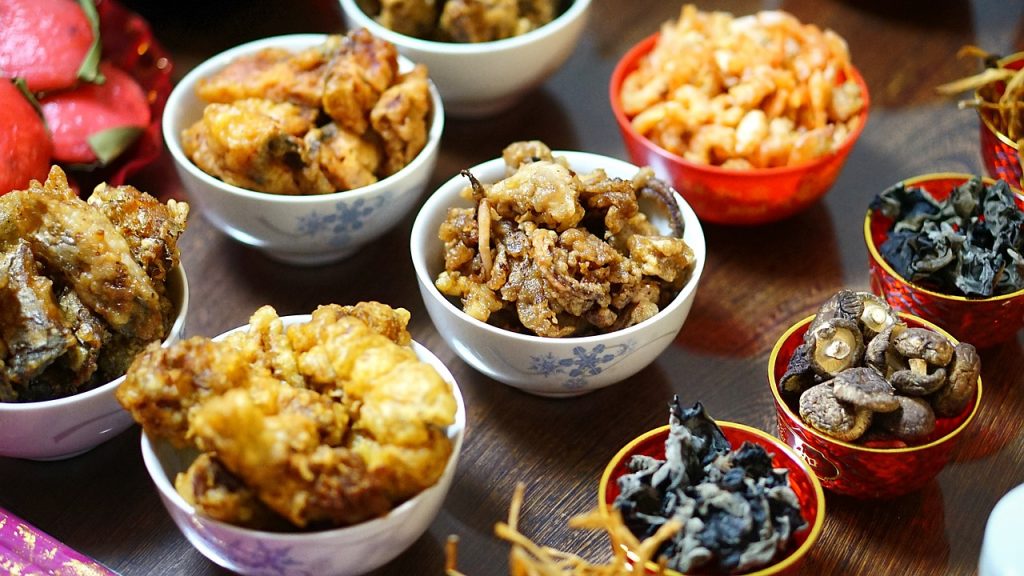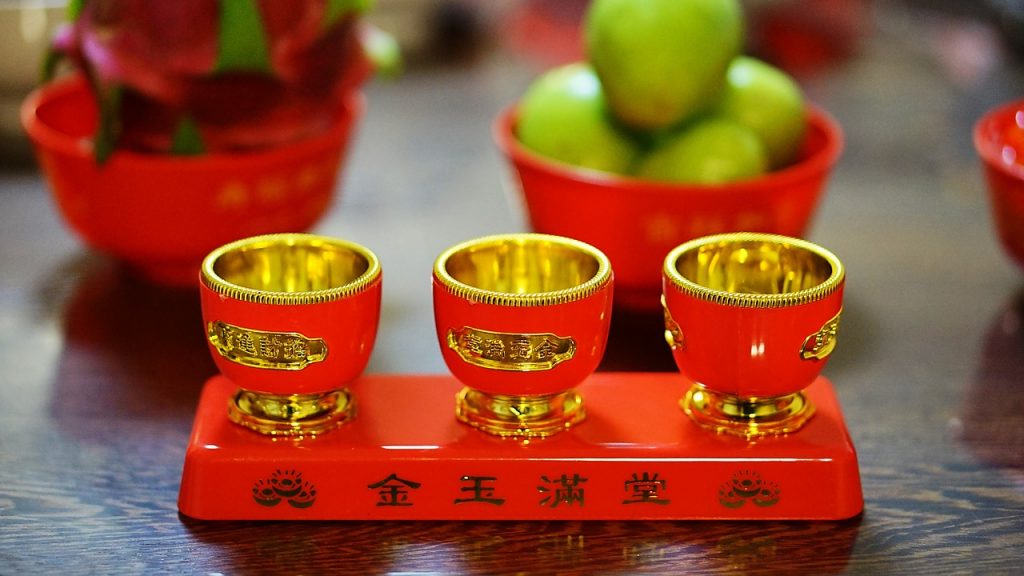What do most people think of when the festive season of Chinese New Year rolls around? For some, it might be the vibrant red colour on display everywhere in public. For others, it might be the obnoxiously loud music blaring in every mall, playing the same playlist of fifteen songs despite it already being 2018.
It might also be the angpow that kids receive from their families, bringing to mind that suddenly having fifty relatives might not be so bad after all. Families get together to celebrate, to feast and to make merry over the course of 15 consecutive days!
The most important days are the first three days, as well as the 15th and final day – called Chap Goh Mei, it is also a widely celebrated event where families reunite for a last meal. Just like any other festival, Chinese New Year culture is riddled with many traditions.
These traditions are passed down generation by generation, kept alive through time as the centuries go by. Eventually, they become an annual festive celebration that we fondly now know as Chinese New Year!
The Chinese New Year culture of celebration
On the strike of midnight, fireworks and firecrackers are set off to welcome the new year with a bang, just like on January 1st. The difference here is that according to Chinese legend, people made use of the loud noise and lights to scare off monsters and evil spirits.
They threw bamboo into fire until gunpowder was invented, then it was replaced with firecrackers. In recent times, many places have an active firecracker ban due to the potential harm they might cause. Careful precaution should always be taken when handling these potentially dangerous explosives!
Angpow for a blessed year ahead
Next comes a family favourite – the exchange of angpow, also known as red packets. It is a small red envelope with money in it, in which the giver decides how much to put in. Usually it is given by married adults and the elderly to the younger generation, with wishes of good luck and prosperity for a blessed year ahead.
You’ll suddenly notice teenagers hanging around family gatherings, greeting you for the first and last time for the year in hopes that you’ll hand them a slim red packet. It is also common to hear the drumming and clanging of the famous lion dance as part and parcel of Chinese New Year culture.
Lion dancing bringing good luck and fortune
Dancers don the vividly coloured costumes of the lion, performing incredible feats of acrobat dancing that can only be honed through vigorous training. Two dancers would act as one, working together to control the lion body and head, synchronising with each other to the beat of the cymbals.
They mimic a lion’s movements in hopes of bringing good luck and fortune. But the lion dance is not limited to Chinese New Year, as it can also performed at important or festive occasions such as business grand openings, wedding ceremonies or special ceremonies.
Auspicious rolls of mandarin oranges

Another well-known symbol associated with Chinese New Year culture is the mandarin orange. Supermarkets sell these round fruits in boxes, available to families preparing for the new year. It is believed these oranges bring good luck, as it shares the same pronunciation in Chinese for ‘auspicious’.
The mandarin orange is a family favourite to elderly and kids alike, as the flesh of the fruit is juicy and sweet. The elderly believe that eating mandarin oranges is equivalent to eating gold! It is customary to offer mandarin oranges as you visit other houses, as well as put some on display around your own home or workplace.
Oranges, biscuits, tarts and fruits

It’s customary to do visitations and has been part of Chinese New Year culture since time immemorial. People express good wishes to their relatives and friends by visiting open houses, partaking in food, drinks and conversation. In recent decades, people of all races are welcome to visit an open house, as there is no discrimination in the festive season of prosperity.
Bring along small gifts like red packets for the kids, food like oranges, biscuits, tarts or fruits for the adults, as it is considered fairly impolite to visit an open house without giving anything of your own.
Dos, don’ts and classic taboos

Now we come to the more superstitious side of Chinese New Year culture – the one that mostly involves your elders telling you what not to do. We sometimes call them ‘pantang’, which is Malay for the word ‘taboo’.
The best-known example would be the unspoken rule that families must perform extensive spring cleaning in their homes before Chinese New Year, getting rid of everything old and unwanted for a fresh start. This is important as it is taboo to sweep the floor during Chinese New Year, because it is considered as sweeping away the family’s luck. However if the kids inadvertently make a mess, a vacuum cleaner works just as well!
It is a belief that wearing black or white is unlucky, as those are normally the colors of mourning clothes. It is advised to avoid black clothes especially during visitations, as you might bring bad luck to others’ houses. It is a must to purchase brand new clothes, most preferably in the auspicious colour of red. Some even go so far as to purchase brand new underwear!
Another common taboo is to hold your tongue and avoid any form of swearing. No matter how stressful family reunions can sometimes get, or how loud your cousin’s kids might be, refrain from uttering anything that has to do with cursing. It is believed to bring bad luck and build negativity within, especially those who swear in death’s name (eg. “Sei”, Hokkien for “die”).
With this logic, bad luck, bad spirits and everything unlucky will befall you. 15 days out of 365 isn’t too much for you to abstain! Wish luck and prosperity upon others so the same may come to you.
The way different cultures celebrate their festivity is often an interesting spectacle, and Malaysians are a lucky bunch to be able to experience so many different varieties, colours and tastes. We at Butterkicap hope you’re ushering in this Chinese New Year just like your forefathers and receive a bountiful of good luck, wealth and prosperity!
